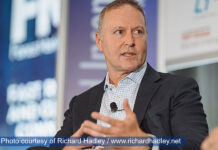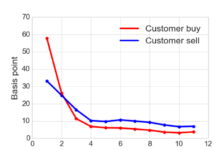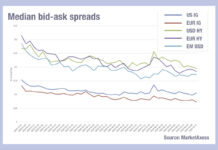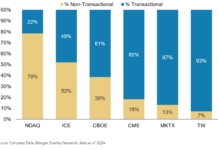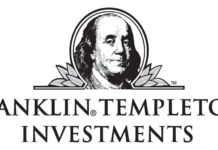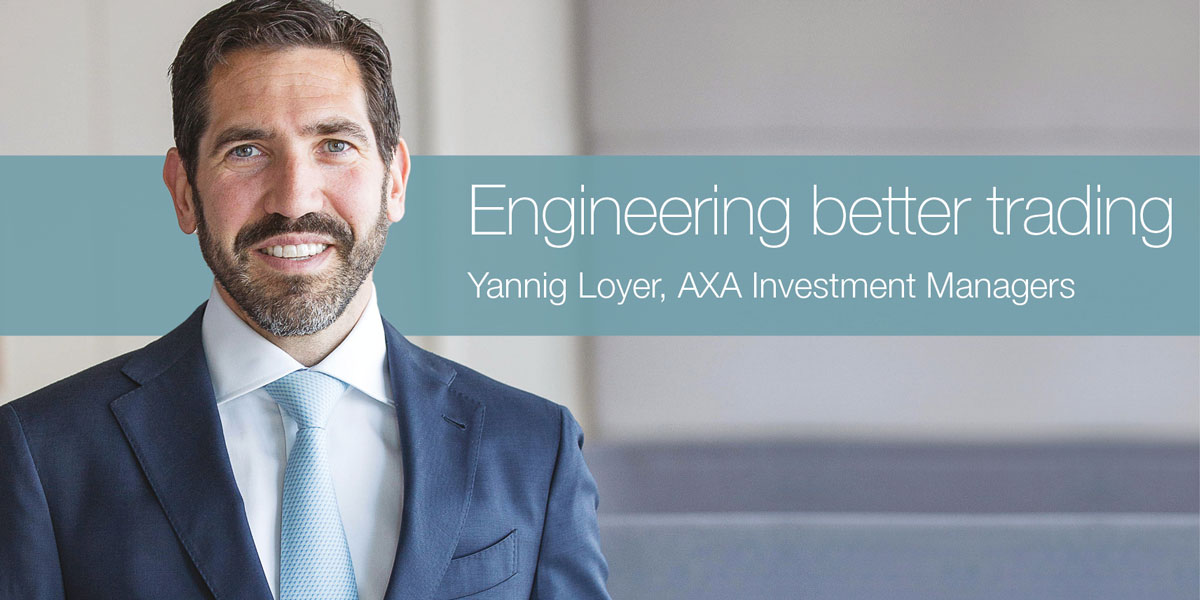
Honing the trading function is an art; it requires an engineer’s eye for improving systems but a leader’s eye for putting the team first.
How do you build a team capable for the future?
A trading team fit for the future requires a wide diversity of skills, combined with curiosity, agility and of course a lot of training to enhance these skills. At AXA IM, the Trading, Securities Financing and Derivatives is a global team of about 70, with half working in continental Europe (Paris and Zurich), a quarter in London, and the last quarter split between the US (Greenwich and Orinda) and Asia (Hong Kong, Shanghai and Tokyo), so diversity is there by construction. I find that diversity and curiosity enhance performance as people address any given challenge from a different angle, and bring solutions based on their background. We try to foster, maintain and enrich diversity over time which fits perfectly well within AXA IM philosophy. In terms of how profiles evolve, as trading becomes more and more data and technology driven, we have been adding and developing skills in these areas.
What are you doing to train and develop skills in the team?
The environment in which the teams operate is constantly evolving, adaptation and training are of foremost importance to strive in this ecosystem. Being a trader is first being an expert who needs to remain on top of the all the evolution impacting the activity: this goes from the regulatory landscape and requirements, to market structure and the multiplication of trading protocols, to increasing importance of data, to market reaction, to the various macro or micro events, etc. We need traders that are curious and constantly to eager learn. We organise training to upskill them on data science, regulatory evolution, ESG best practices, etc, but what I think works best is to promote mobility between different teams, for example bringing someone from London to Asia or from the technology team into trading. They give a different perspective and help improve performance with their default set of tools and approach to liquidity.
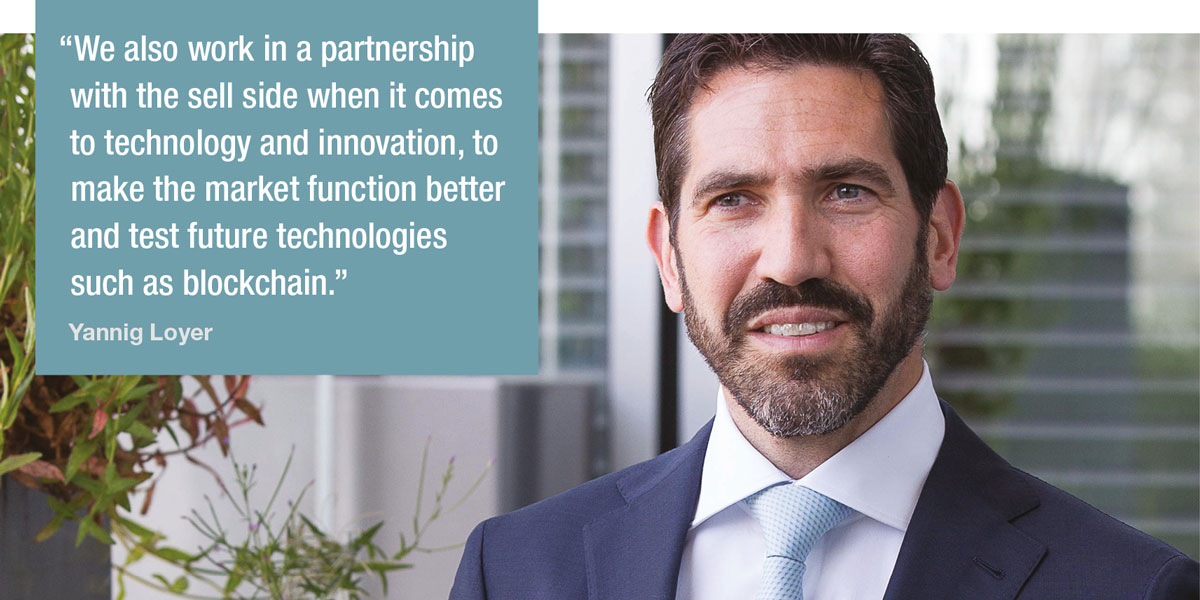
How do you view the changes that we are seeing in the profile of the future bond trader?
It’s becoming more complex because the market is increasingly fragmented and changing more rapidly than before. As a result, we need the trading desk to have a combination of experience, of course being able to gain perspective in any unexpected market condition and to take the best decision given the available information, but also ‘modern trading’ IT and data skills. Take the US regional bank crisis in 2023 as an example. It was charted territory, but it was charted territory from 15 years ago or so. We want trading desks equipped with experience around such liquidity crises. On the other hand, when you have benign market conditions, data plays a more important role in trading performance. We need traders with that interest to dig into data, to learn from it and enhance their performance with it. That subtle balance between the two must be found in the future trader, in my view. Adaptability is also key because markets are changing so quickly, that a static profile does not work anymore. Traders keep learning.
How does your team work with the sell side to optimise support they’re getting for price formation and liquidity formation?
Although very vigilant on pricing and execution quality, we take a long-term partnership approach with the sell side; banks in particular. We often handle sensitive transactions of significant size and risk, and in order to transfer it we must proceed quietly into the market to avoid information leakage. That works well based on two components:
- First, building a long-term partnership with dealers, so that we know the dealers that will be the most relevant in this situation, and on the dealer side they are not surprised with our flows. As a consequence, we tend to request fewer banks in competition for block trades.
- Second, as much as possible, tapping into natural liquidity. As an example, we developed one of the first bilateral connectivity systems about 15 years ago, creating a system to receive incoming axes from dealers directly into our execution management system (EMS). It helps find where liquidity really lies for an ISIN, issuer or a sector and so on. We’ve developed that system now so it’s multi-source, multi-dimensional, and it still helps traders to identify where natural liquidity is.
We also work in a partnership with the sell side when it comes to technology and innovation, to make the market function better and test future technologies such as blockchain.
In addition to trading cash instruments, how do you support the use of derivatives and how do you use them?
Derivatives are an important part of the ecosystem and we use them in general for hedging or replication. They are valuable instruments complementary to the cash ones and we noticed that even when cash markets are quite illiquid, we can still transfer large quantum of risk in a very short period of time through derivatives. For instance IRS and CDS markets remained tradable during the Covid crisis back in March 2020, while most of the public markets’ liquidity completely disappeared. Because derivatives are not as standardised as other products however, they are more complex to execute. Complexity exists in terms of execution itself of course but many issues relate to the pre- and post-trade aspects.
For instance, we trade FX and over-the-counter (OTC) derivatives out of several hundred of portfolios. Checking readiness to trade bilaterally ahead of executing a block trade across some of these portfolios is cumbersome for our traders and our counterparties. That creates some friction, before trading, even if the derivative itself is liquid. In my view, that is something that the industry has failed to tackle so far. We have developed tools internally to streamline these workflows, but some gaps still exist and would require industry-wide solutions and engagement.
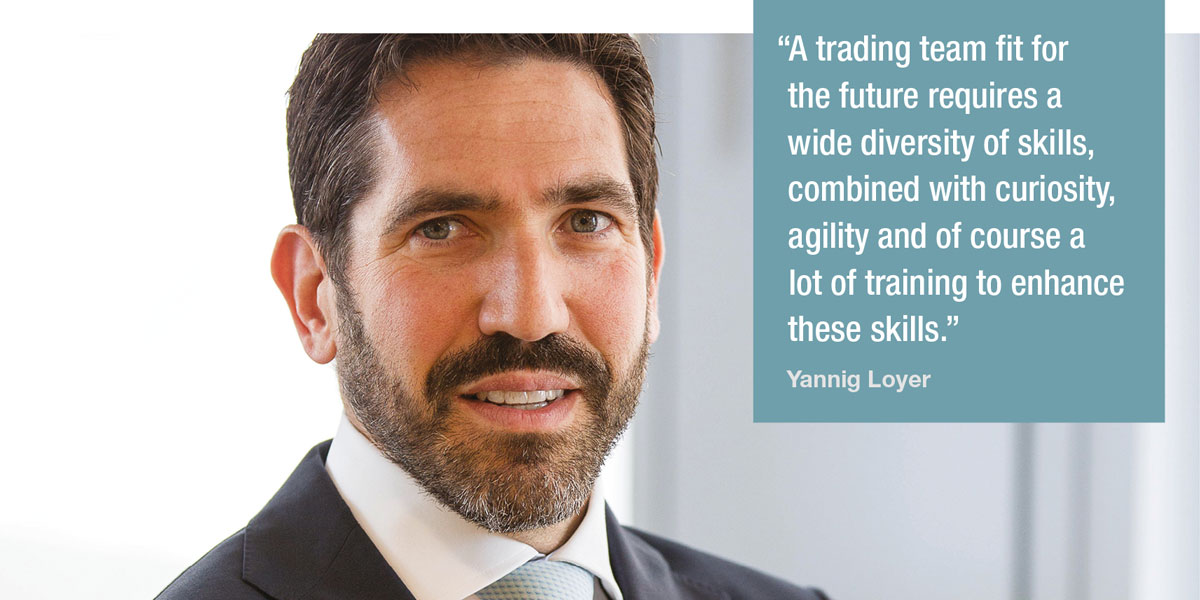
Which events in your career have influenced your leadership style?
I started on a sell side trading floor in 2001, and have since worked on different asset classes, witnessed the evolution in regulation impacting their market structure, their progressive electronification although at different speeds. This experience helped me develop a capacity to anticipate market structure. It helped me to use innovation to adapt, in particular building and maintaining, in partnership with our technology teams, evolving ecosystems that meet both the activity requirements and changing regulation. I have also experienced a number of crises and changes in paradigm, all different from one another. This reminds us that agility and adaptability is key. As an example, entering the Covid crisis, a lot had to be prepared for in a very short timeframe to completely change the way the trading operated into a decentralised model. Although completely unrelated and different, working on a credit derivatives desk and witnessing how quickly the global financial crisis evolved definitely prepared us to lead through future ones.
How would you describe your own leadership style?
The team says I am both a demanding and caring leader. I am also passionate about innovation and technology, I am convinced that our industry will continue to transform itself and that the most innovative players will be particularly well positioned for the years to come… so long as they put the team at the helm of this journey.
How do you structure management of the trading teams?
We have a relatively flat structure. We are team of 70 and I like to maintain where possible only one layer of management in the organisation. We are organised in three pods:
- First, flow trading is evolving with sets of traders who add value by placing and executing single orders into the market, and those traders who add value by executing flows of orders. We divided up the flow trading team across this dimension, with on the one hand an e-trading and data team which focuses on low touch flow trading across asset classes. On the other hand we have specialist teams, who are experts in their specific market structure such as Euro fixed income.
- Second, structured trading, is in charge of non-flow products and we have a team responsible for OTC derivatives and secured financing, while another focuses on liquidity management.
- Last, but not least, we have a trading infrastructure hub responsible for the technical, governance, capital markets and ecosystem management aspects of the execution function.
How does that management oversight work?
There are managers for each of these product teams, and in addition, two regional heads are responsible for the execution functions transversely in the US and Asia.
How do you manage communications between team?
Covid allowed trading to become more decentralised and that actually helped streamline communications; and our communication was not as organised like this before. We communicate at the trading desk level, the management team level, and between regions and asset classes on what’s happening. For example, we receive a note from Asia before Europe comes in, same thing when the US closes, before Asia comes in, on a follow-the-sun basis. There is a lot of structured and unstructured communication around what’s going on in the market, and we also keep monitoring and communicating if possible on executions being worked on. This helps understand the dynamics for a given asset class and how it might affect others.
We also develop tools to directly communicate axes, trade ideas, liquidity events to portfolio managers and to our wider clients. We also built dashboards and key performance indicators (KPIs) to better communicate to our clients and counterparties around flows, performance.
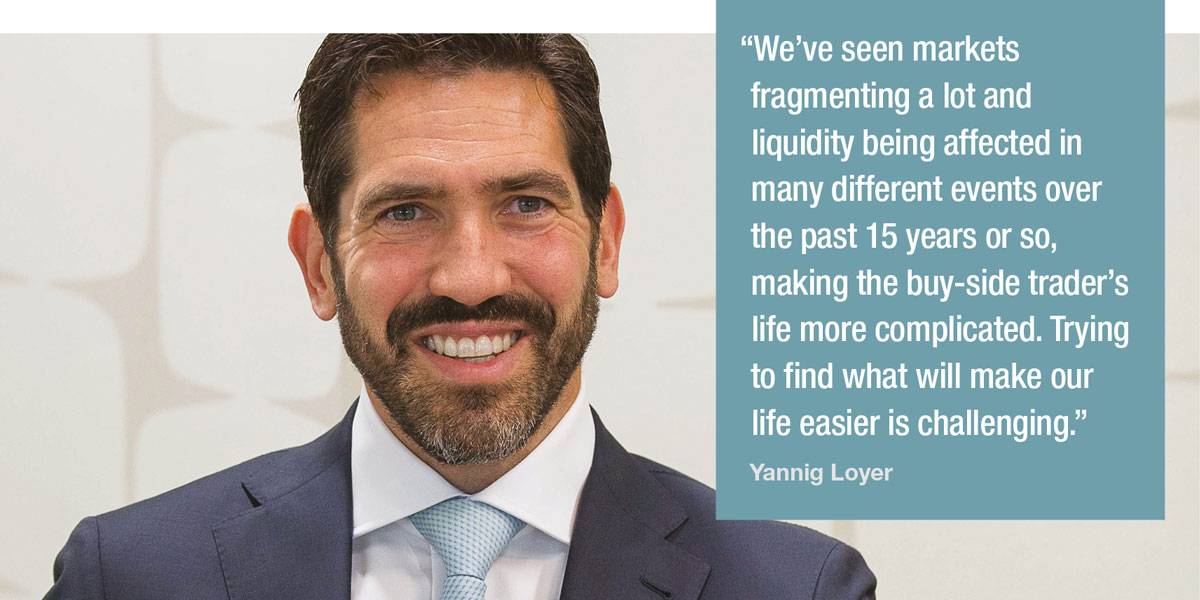
Where do you want to take your team and what’s the path you want to take together?
AXA IM is recognised as one of the leading buy-side trading teams. I would like to contribute to this journey, to keep being better at sourcing liquidity for our clients, understanding the market structure inside out, and to be their sensors in the market. Three key pillars in this development consist of:
- One, to be as alpha generating as possible to our clients, this itself goes in multiple directions from optimising transaction costs, leveraging data to making the trading ecosystem more sustainable;
- Two, to be scalable as that’s the name of the game in the industry, delivering as much as possible with minimal spend, meaning automating for instance manual low value added tasks;
- Three, to run a global and robust organisation that can weather any external shock to the market, such as a liquidity crisis.
Which structural changes that are coming up do you see as most potentially positive for the buy side?
We’ve seen markets fragmenting a lot and liquidity being affected in many different events over the past 15 years or so, making the buy-side trader’s life more complicated. Trying to find what will make our life easier is challenging. The consolidated tape in general will be positive, we have been calling for market transparency for so long. At the same time we want to make sure transparency does not further deteriorate liquidity. So, we are very careful with the direction of travel on these topics and have many proactive discussions with regulators and Industry associations not to push transparency too far in particular in fixed income, OTC derivatives asset classes, in order to protect liquidity and the ability to move block size trades. In fixed income I’m excited about seeing how bilateral connectivity develops. We’ve been a proponent of bilateral connectivity for a while away, having developed the first system of bilateral fixed income axes communication, and I think it has come to a point at which it can really add value to our executions.
Although we do not invest in cryptocurrencies, we are enthusiastic about blockchain as a technology, and the benefits it would bring to the industry, in particular to streamline the operational chains. We have been trading two of the first digital bonds, both on the primary and secondary markets. We are very keen to test all initiatives that could streamline parts of the workflows and are looking forward to central bank digital currencies (CBDCs) being available to complete the transactions digital lifecycle.
Lastly, we are actively monitoring promising developments around AI and how this could disrupt our industry. Being technology and data savvy, leveraging AI to enhance trading would be a natural next step.
Is there a timeframe that you see for bilateral connectivity happening?
I think it depends on the asset class, for more liquid ones, like US Treasuries, click-to-trade protocol is already actionable, like this I believe we’ll see that expanding to other fixed income products and over time to OTC derivatives as well. Even if click-to-trade does not come into common use very quickly, using bilateral connectivity protocols to confidentially exchange price and liquidity information represents a great starting point.
How do you represent the buy-side within the industry?
I’m a member of the “AMF Commission Consultative Organisation et Fonctionnement des Marchés” to advise the regulator in particular ahead of regulatory changes, I also co-chair the ICMA Secondary Market Practice Committee, and AXA IM in general is represented in most of the different industry groups both the ones dedicated to the buy side and more general ones. We share our views on what regulatory changes mean in terms of liquidity, and something we are very vocal about is to protect fixed income liquidity, in particular block liquidity, avoiding equitisation of the OTC markets.
How do you think that buy-side firms can improve and increase the way that they’re represented?
I think the sell side and exchanges are very well organised. There are key developments or key messages that the buy-side can help pass. At the end of the day, we all have pretty much the same challenges. First and foremost, to source liquidity, but also issues around the derivatives workflow, which I described before and issues around the lack of electronification in the money markets. Combining forces does help in making the industry infrastructure evolve positively. We have managed to obtain some results and I hope we will be able to make the ecosystem evolve further.
Which challenges in market structure today are greatest?
The speed at which everything changes has accelerated. The shape of the market structure differs from one asset class to the other, we have experienced fragmentation. So, we need to adapt more and more rapidly, which means in practice that we need to make significant technological investments to keep pace with the market structure evolution. When the AXA IM team long before me built the first trading systems, it was probably expected to last for more than ten years.
Nowadays, it’s a much shorter timeframe. So the challenge is to invest quickly, to quickly integrate the right systems and data sets. All this, while keeping abreast of the market conditions, which also keeps evolving rapidly!
Another challenge is around ESG I mentioned earlier – how do we make trading more sustainable. Responsibility is a core value of AXA IM as an investor and employer, and, as part of the value chain, execution can contribute. We are a founding member of Sustainable Trading, an industry group that was launched to define and promote best practice in the execution ecosystem. As a team we also look at various aspects from killing paper confirmations to integrating ESG criteria in best selection.
Do you do you have a view on the value of EMSs and order management systems (OMSs)?
OMSs are a necessity for most large asset managers; we for instance handle about 500k orders a year and every time a trader types something manually into a system, there is a small but existing risk for error. So ideally all orders should be STP, and OMSs can help in getting there. Where we didn’t find relevant tools available, we internally built them, from cash management to derivatives and new issue workflows.
As far as EMSs are concerned, it depends on the asset class. For equities, there are commoditised tools that perform well and help traders identify liquidity and how to best access it. For fixed income, maybe based on our history and our culture we didn’t find the right tool so far. So, we built one liquidity analysis tool about 15 years ago and we are modernising it, enriching it with additional multi-dimensional sources, to identify axes in a more granular way and adding a layer of data science.
How confident do you feel in the data that you are supplied with by third parties?
It’s a well-known issue that the data quality, in particular in fixed income, isn’t good enough, despite the price tag on such data. We have big expectations on the consolidated tape in terms of enhancing such quality, but I think any large data set will always have quality issues. So, we have to build ourselves data cleansing and aggregation processes, to deliver analysis in a way that makes data meaningful, as opposed to expecting fully-baked solutions which will probably never exist. That’s why the EMS we put together delivers this liquidity information, taking internal and external data, overlaying it with data science to help traders in fixed income to make decision in identifying liquidity and best ways to engage with it. Beyond quality, another issue is around ownership. Why is trade data monetised away from the parties transferring risk?
Which technology services are your fixed income trading teams finding most effective?
Two elements that are making traders’ lives easier are around making workflows fully STP and helping traders in their decision-making around liquidity sourcing. These services are indeed well covered, but as far as workflows are concerned, big gaps still exist in my view around the new issue workflows, money markets and derivatives pre- and post-trade as mentioned earlier. There are great initiatives going on in those areas and we hope that they will be successful; we partner with them to help them develop and drive the buy-side community to help the right ones to develop.
Liquidity identification is a perpetual hunt; we will keep adding data and developing our models, applying data science to find and assess liquidity as fast as possible and help the trader be ahead of the game in identifying it.
How do you support communications between the trading teams and the investment teams?
Although we enforce a strict information wall between trading and investment teams to prevent trade information dissemination, communication on ideas and liquidity is intense, as the teams work very closely with each other. It uses multiple channels, a combination of traditional (emails, phone calls and meetings of course) and post-Covid communication tools such as multiple instant messaging systems, enriched with content. We use internal tools to send structured information around the liquidity and market colour. We also try to integrate trading tasks into straightforward workflows, so it is possible to easily share a screen, trade idea, or market information between trading and portfolio management teams. Likewise, we have an extensive control environment with systematic checks on all trades, and when information is required post-trade this information request can easily be sent by the trader to the controller.
Do you use any desktop integration tools?
The value boils down to the speed at which one can integrate systems; modern trading systems need multiple interfaces and to be able to connect to other trading and communication systems, so when we build anything that integration component is key. But we found limited value in so called desktop integration tools and managed to integrate ourselves external systems with internally developed ones, leveraging internal and external data sets.
©Markets Media Europe 2023

